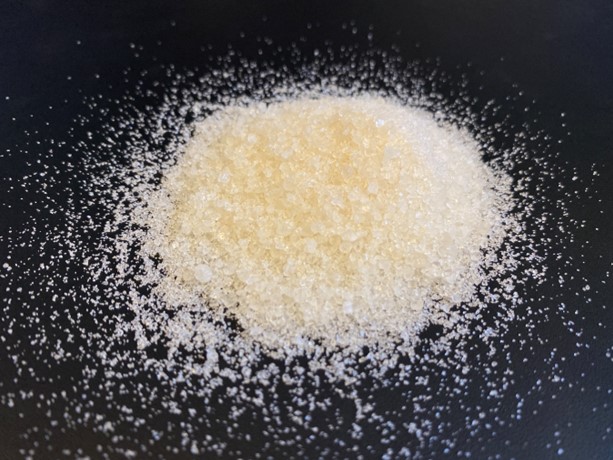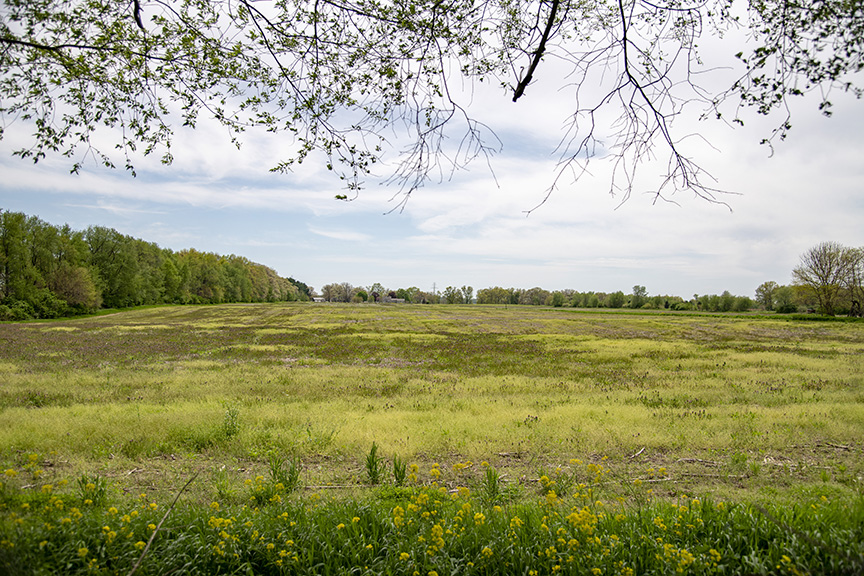Recent wet, rainy weather has created some weed management challenges for Indiana growers. In this article we will hit on a few key points to consider based on current challenges. Delayed weed control in corn. Indiana corn growers rely heavily on premixes in corn that contain some combination of group 15 herbicides (metolachlor, acetochlor, pyroxasulfone), atrazine, mesotrione (Callisto), clopyralid (Stinger), and bicyclopyrone. Rain will not have completely washed all of the herbicide away, but may have compromised overall activity. Scout fields as soon as possible to determine if weeds are escaping. Obviously giant ragweed is a big concern, but wet conditions and dilution of atrazine can result in failures to control velvetleaf, burcucumber, morningglories, waterhemp, cocklebur and others. If corn is less than 12 inches tall and you haven’t used all of the atrazine allowed by the label, it would be wise to add atrazine to the other postemergence herbicides[Read More…]
8 articles tagged "herbicides".

During this time of year, many growers are making decisions about purchasing inputs for the next growing season.
Fieldwork has progressed slowly in the past couple of weeks due to frequent rain showers and cool soil temperatures.
Indiana growers have shown increased interest in utilizing cover crops in our corn and soybean production systems over the last decade. Concurrently, there has also been increased utilization of soil residual herbicides to help manage herbicide-resistant weeds such as marestail (horseweed), waterhemp, and giant ragweed in our corn and soybean production systems. Soil residual herbicides can remain active in the soil for a period of weeks to months after application. The length of time a residual herbicide remains biologically active in the soil is influenced by soil texture, soil pH, organic matter, rainfall, and temperature. Since these factors will vary from field to field, definitive time intervals of residual herbicide activity can be difficult to predict. The use of residual herbicides in our corn and soybean production systems may interfere with establishment of fall seeded cover crops under certain conditions. Unfortunately, many of the species being used for cover crops[Read More…]
Split Applications Of Soil Residual Herbicides In Corn

Moth flights for both black cutworm and armyworm have been impressive this spring. Unworked/untreated fields are plentiful, and so is the plant life, meaning that there has been no shortage of egg-laying opportunities for these pests. Once soils dry, there will be no luxury of time to prevent a green-bridge, that is to starve the small larvae before they switch from feeding on the dying weeds/cover crops to the emerging crop. So, should one be tempted to be proactive and add some “cheap” insecticide in with the burn-down herbicides. A few factors to consider: First, seed-applied insecticides and many varieties of Bt-traited corn offer some suppression of black cutworm. The systemic activity of the seed-applied insecticide, and/or the protein production of the Bt-corn are optimal when the corn seedling is actively growing, not so much when corn is stressed. Their performance against larger larvae, >0.5”, is greatly reduced, meaning the[Read More…]
There has been increasingly growing interest in utilizing cover crops in our corn and soybean production systems over the last several years.
Crop planting has progressed at an amazing pace over the last week. Many of these acres will also receive soil applied, residual herbicides for control of germinating weed seedlings. Soil applied pre-emergent herbicides require moisture for activation.


